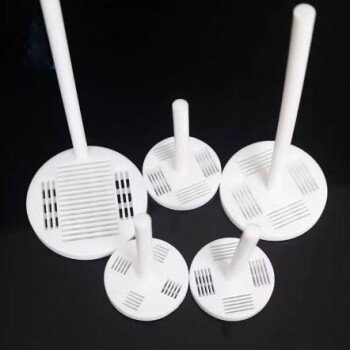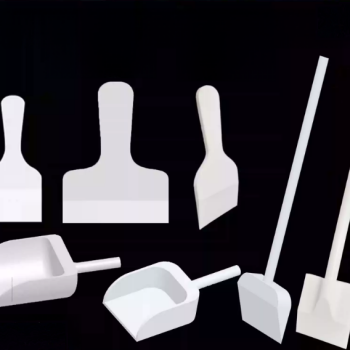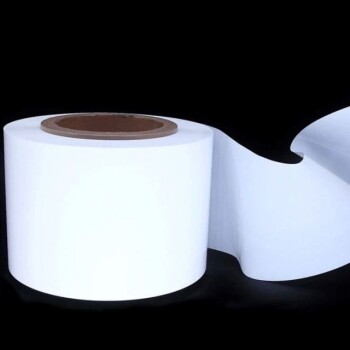플라스틱 폐기물 문제에 대한 세 가지 주요 해결책은 기존의 기계적 재활용을 향상시키고, 생분해성 대체재를 개발하고 확장하며, 새로운 형태의 화학적 재활용 및 업사이클링을 발전시키는 것입니다. 각 접근 방식은 기존 폐기물 처리 방식 개선부터 사용하는 재료를 근본적으로 변화시키는 것까지 플라스틱 수명 주기의 다른 단계를 목표로 합니다.
플라스틱 폐기물의 핵심 과제는 단순히 폐기 문제가 아니라 재료 설계, 소비 및 인프라의 시스템적 문제입니다. 단 하나의 "만능 해결책"은 없으며, 효과적인 전략은 전반적인 소비를 줄이는 것과 피할 수 없는 폐기물을 관리하기 위한 다각적인 접근 방식을 결합해야 합니다.
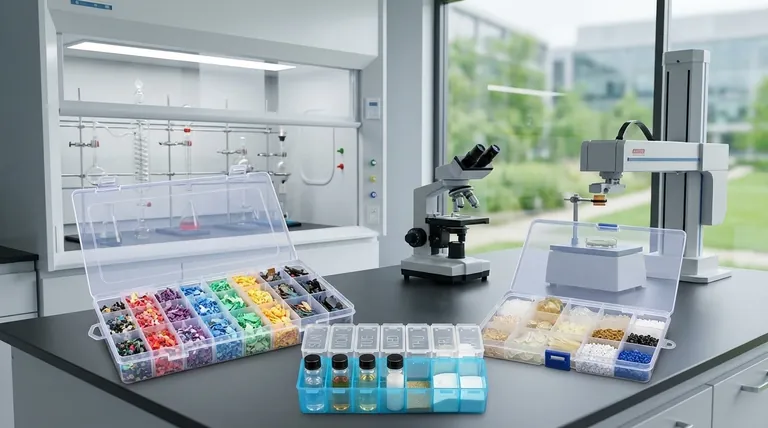
해결책 1: 기계적 재활용 향상
기계적 재활용은 플라스틱 폐기물을 처리하는 가장 확립된 방법입니다. 이는 플라스틱을 물리적으로 파쇄하고, 세척하고, 녹여서 새로운 펠릿으로 재성형하여 제조에 사용하는 것을 포함합니다.
기계적 재활용의 현재 상태
이것은 대부분의 사람들이 익숙한 과정입니다. 플라스틱 병을 재활용 쓰레기통에 넣는 것이죠. 목표는 그 병을 다시 사용할 수 있는 재료로 바꾸어 수명을 연장하고 새 플라스틱의 필요성을 줄이는 것입니다.
핵심 과제: 다운사이클링
기계적 재활용의 주요 한계는 다운사이클링입니다. 플라스틱이 녹고 재처리될 때마다 고분자 사슬이 짧아져 품질과 강도가 저하됩니다. 이는 투명한 물병이 다시 투명한 물병이 되는 경우가 드물다는 것을 의미합니다. 오히려 카펫 섬유나 공원 벤치와 같은 저급 제품이 될 가능성이 더 높습니다.
개선을 위한 주요 혁신
다운사이클링에 대처하기 위해 더 나은 분류 및 세척에 노력을 집중하고 있습니다. AI 기반 광학 스캐너는 사람의 분류보다 훨씬 더 정확하게 다른 유형의 플라스틱을 식별하고 분리하여 오염을 줄일 수 있습니다. 첨단 세척 공정은 또한 더 많은 불순물을 제거하여 더 높은 품질의 최종 제품을 얻을 수 있습니다.
해결책 2: 생분해성 대체재 개발
이 접근 방식은 기존의 석유 기반 플라스틱을 환경에서 자연적으로 분해되도록 설계된 재료로 대체하는 데 중점을 둡니다.
바이오플라스틱의 약속
바이오플라스틱은 옥수수 전분, 사탕수수 또는 조류와 같은 재생 가능한 자원으로 만들어집니다. 가장 일반적인 예는 일회용 컵과 식품 용기에 자주 사용되는 폴리락트산(PLA)입니다. 목표는 환경에서 수세기 동안 지속되지 않는 재료를 만드는 것입니다.
"생분해성" 주의사항
중요한 차이점은 대부분의 "생분해성" 또는 "퇴비화 가능" 플라스틱이 매립지나 바다에서 분해되지 않는다는 것입니다. 이들은 아직 널리 보급되지 않은 산업 퇴비화 시설의 특정 고온, 고습 조건을 필요로 합니다.
오염의 위험
PLA와 같은 바이오플라스틱이 실수로 기존 플라스틱 재활용 흐름에 섞이면 오염 물질로 작용합니다. 화학적 구성과 녹는점이 다르기 때문에 재활용된 석유 기반 플라스틱 전체 배치를 망칠 수 있으므로 명확한 라벨링과 소비자 교육의 필요성이 강조됩니다.
해결책 3: 화학적 재활용 및 업사이클링 발전
화학적 재활용은 화학 공정, 열 또는 촉매를 사용하여 플라스틱을 원래의 분자 구성 요소로 분해하는 일련의 신흥 기술입니다.
플라스틱을 기본으로 분해
열분해와 같은 공정은 산소가 없는 환경에서 고열을 사용하여 혼합 플라스틱 폐기물을 액체 오일 또는 원료 단량체로 다시 전환합니다. 이러한 원료는 새로운, 버진 품질의 플라스틱을 만드는 데 사용될 수 있으며, 다운사이클링 문제를 완전히 우회할 수 있습니다.
"업사이클링"의 잠재력
더 진보된 개념은 저가치 플라스틱 폐기물을 고가치 재료로 전환하는 것을 목표로 하는 업사이클링입니다. 예를 들어, 연구자들은 공학 효소와 화학 공정을 사용하여 PET(물병의 플라스틱)를 가치 있는 산업 화학 물질 또는 바닐라 향의 주요 구성 요소인 바닐린으로 변환하고 있습니다.
장단점 이해
단 하나의 완벽한 해결책은 없으며, 각각은 전 세계적인 규모로 효과적이기 위해 해결해야 할 중요한 과제를 안고 있습니다.
에너지 및 인프라 격차
첨단 기계적 분류와 화학적 재활용 모두 상당한 에너지와 새로운 인프라에 대한 막대한 투자가 필요합니다. 또한, 생분해성 대체재를 확장하려면 올바르게 처리하기 위한 산업 퇴비화 시설의 병렬 시스템을 구축해야 합니다.
근본 원인: 과소비
궁극적으로 재활용 및 재료 혁신은 문제의 "수명 종료" 부분만 다룹니다. 일회용 플라스틱의 생산 및 소비를 줄이기 위한 동시적이고 적극적인 노력 없이는 이러한 해결책은 생성되는 엄청난 양의 폐기물 속도를 따라잡기 어려울 것입니다.
목표에 맞는 올바른 선택
최적의 경로는 플라스틱 폐기물 위기의 다양한 측면을 해결하기 위해 이러한 전략을 결합하는 데 달려 있습니다.
- 즉각적인 영향에 초점을 맞춘다면: 기존 기계적 재활용 인프라를 개선하고 더 나은 공공 분류 관행을 시행하여 이미 유통 중인 재료의 가치를 극대화하는 데 투자하십시오.
- 장기적인 지속 가능성에 초점을 맞춘다면: 진정으로 생분해성 재료의 개발 및 확장을 지원하고 완전한 순환 플라스틱 경제를 만들기 위해 필요한 화학적 재활용 기술을 지원하십시오.
- 시스템적 변화에 초점을 맞춘다면: 폐기물 감소를 우선시하고, 생산자가 제품의 전체 수명 주기에 대해 책임을 지도록 하며, 처음부터 일회용 플라스틱을 설계에서 제외하는 정책을 옹호하십시오.
성공적인 미래는 플라스틱에 대한 의존도를 줄이고, 플라스틱을 관리하는 방식을 개선하며, 재료의 본질을 혁신하는 다각적인 전략에 달려 있습니다.
요약 표:
| 해결책 | 핵심 아이디어 | 주요 과제 |
|---|---|---|
| 향상된 기계적 재활용 | 기존 플라스틱을 물리적으로 파쇄하고 재성형합니다. | 재료의 품질 저하(다운사이클링). |
| 생분해성 대체재 | 기존 플라스틱을 자연적으로 분해되는 재료로 대체합니다. | 분해를 위해 특정 산업 퇴비화 시설이 필요합니다. |
| 화학적 재활용 및 업사이클링 | 플라스틱을 분자 수준으로 분해하여 새롭고 고품질의 재료를 만듭니다. | 높은 에너지 수요와 새롭고 대규모 인프라의 필요성. |
KINTEK과 함께 재료 혁신에서 연구실의 역할 최적화
플라스틱 폐기물 위기를 해결하려면 첨단 연구와 정밀한 재료 분석이 필요합니다. 새로운 생분해성 고분자를 개발하든, 재활용 공정을 최적화하든, 화학적 업사이클링 경로를 탐색하든, 올바른 실험실 장비를 갖추는 것이 성공에 매우 중요합니다.
KINTEK은 지속 가능성 목표를 지원하기 위해 고품질 실험실 장비 및 소모품을 전문적으로 공급합니다. 당사는 다음을 수행하는 데 필요한 도구를 제공합니다.
- 바이오플라스틱의 재료 특성 및 분해율 분석.
- 화학적 재활용 및 열분해 공정 테스트 및 최적화.
- 재활용 재료 및 새로운 고분자 제형에 대한 품질 관리 보장.
KINTEK이 재료 과학의 미래를 위해 귀하의 실험실을 준비하는 데 도움을 드리겠습니다. 오늘 저희 전문가에게 문의하십시오 당사의 솔루션이 귀하의 연구를 가속화하고 순환 경제에 기여할 수 있는 방법에 대해 논의하십시오.
시각적 가이드
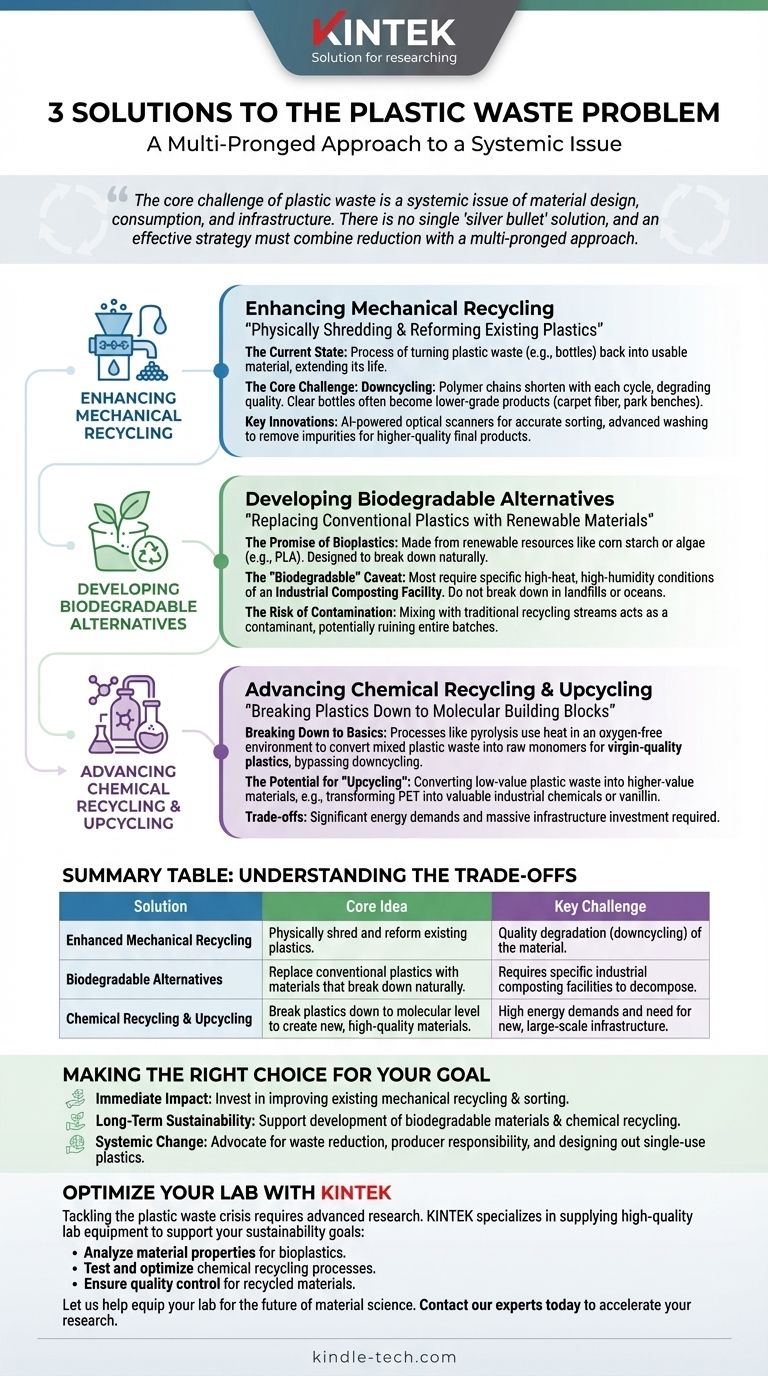
관련 제품
- 배터리 실험실용 버튼 배터리 보관함
- 실험실 ITO FTO 전도성 유리 세척 꽃 바구니용 맞춤 가공 및 성형 PTFE 테플론 부품 제조업체
- 금속 합금 분쇄 용기와 볼이 있는 실험실 볼 밀 분쇄기
- 세척 랙용 맞춤형 PTFE 테플론 부품 제조업체
- 산 및 알칼리 내성 화학 분말 재료 스쿱용 맞춤형 PTFE 테플론 부품 제조업체

